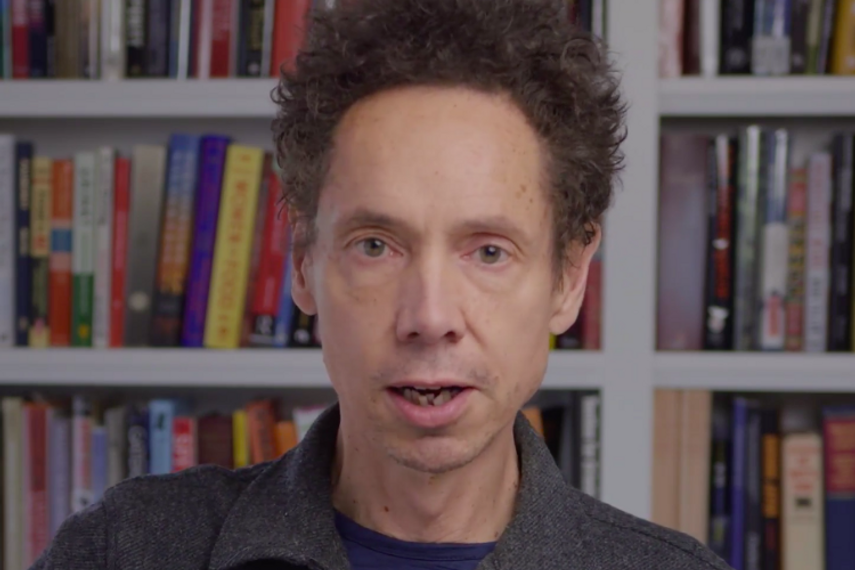
Please sign in or register
Existing users sign in here
Having trouble signing in?
Contact Customer Support at
[email protected]
or call+91 22 69489600
The journalist and author makes an argument for what’s different about the post-pandemic world, and how brands should re-think their rulebook

Contact Customer Support at
[email protected]
or call+91 22 69489600
Top news, insights and analysis every weekday
Sign up for Campaign Bulletins
Agencies that see marketing as one coherent journey rather than a sequence of disconnected tasks will win the game.
For the creative industry, this is no longer a conversation about technology adoption. It’s a conversation about craft.
The launch of Sunshine Pictures Digital and Sunshine Music extends the banner’s presence into digital content and music.
This comes as the company seeks to accelerates its growth plans in the kids’ wellness segment.